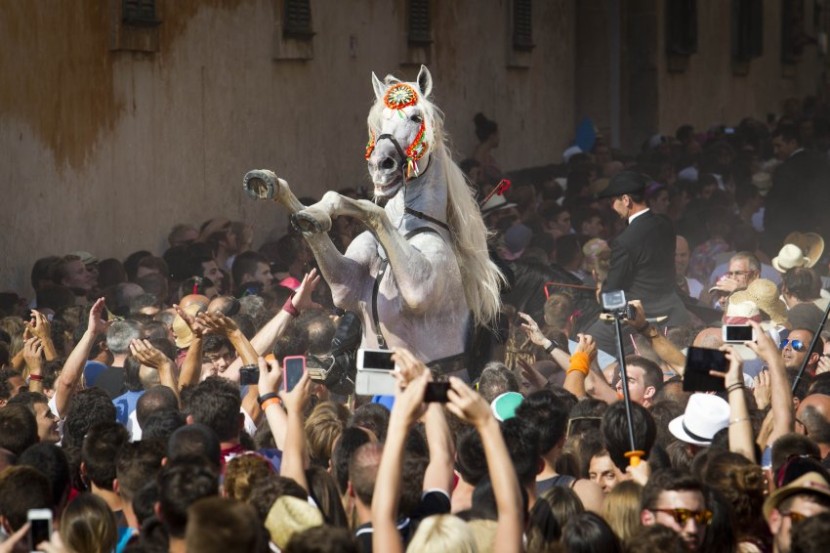Annual Conference of the Collaborative Research Center Media of Cooperation, University of Siegen, 25-26 September 2018
We are currently faced with a new generation of media: ‘sensor media’ are taking control across a broad spectrum of our society and societal discourses. The promise of a more general ‘digital sensibility’ is associated with smart environments, social robots, augmented reality, 4D printing, and tactile-visual intersensoriality. As a result, black boxes break and are torn asunder and anthropometric scaling parameters of the media and social sciences come into play. Since Ed Hutchins famous book ‘Cognition in the Wild’, distributed agency is expanding and is no longer limited to human activity. Media also adapt themselves to their natural surroundings under digital conditions. However, there is a big chasm between the ambition of media studies to explain the sensitivities of a digital culture and the scientific practices of everyday digital life.
The first generation of practitioners of media theory still believed in an explanation of media-specific practices. When media were separated by technical standardizations and institu-tional arrangements in the early 1960s, media were indeed specific, and simultaneously promised media-specific practices. At least there are common sense rules for listening to the radio, watching TV, working with a PC, etc. Conversely, when the internet and digital network media became dominant, at least one important strand of media theory promised ‘the end of media’ or rather a ‘convergence culture’, which implicitly gave rise to the end of media-specific practices. However, media have not disappeared. Digital mediation is inscribed into all realms of everyday and business life.
Three years after the Collaborative Research Center has started, we aim to reconsider media-specific practices and whether there are still practice-specific media. What kind of specificity characterizes digital practice? Are digital technologies inevitably inscribed into sensoria, mediation, practices and haptic media? What constitutes ‘digitality’ from a historical, esthetic, theoretical, or empirical perspective? And how can digital sociology, digital STS and digital ethnography contribute toward a more comprehensive description which corresponds to the complexity of media practices? These are the questions we want to discuss. We invite theoretical and/or empirical contributions from either perspective: as practices to be studied, or as part of a theoretical outline and innovative research design.

